Reportar esta entrada
Más sobre la misma comunidad-colección
Photography by Lorna Marie Probasco
There is nothing more pleasing and rewarding than witnessing the ...
Photography by Luis A Briseno-Thome
There is nothing more pleasing and rewarding than witnessing the ...
Photography by Luis A Briseno-Thome
There is nothing more pleasing and rewarding than witnessing the ...
Photography by Luis Gamboa Camarena
There is nothing more pleasing and rewarding than witnessing the ...
Photography by Luis Gamboa Camarena
There is nothing more pleasing and rewarding than witnessing the ...
Photography by Luis Mariano Miranda Jr (Luis Mariano)
There is nothing more pleasing and rewarding than witnessing the ...
Photography by Luis Mariano Miranda Jr (Luis Mariano)
There is nothing more pleasing and rewarding than witnessing the ...
Photography by Luz Magallanes (Luz Wolf)
There is nothing more pleasing and rewarding than witnessing the ...
Photography by Luz Magallanes (Luz Wolf)
There is nothing more pleasing and rewarding than witnessing the ...
Photography by Manuel Schydlower
There is nothing more pleasing and rewarding than witnessing the ...
Photography by Manuel Schydlower
There is nothing more pleasing and rewarding than witnessing the ...
Photography by Marcela Idaly Flores
There is nothing more pleasing and rewarding than witnessing the ...
Photography by Maria G Carbajal de Dominguez
There is nothing more pleasing and rewarding than witnessing the ...
Photography by Mauro Jasso López
There is nothing more pleasing and rewarding than witnessing the ...
Photography by Mauro Jasso López
There is nothing more pleasing and rewarding than witnessing the ...
Photography by Mauro Jasso Vasquez
There is nothing more pleasing and rewarding than witnessing the ...

















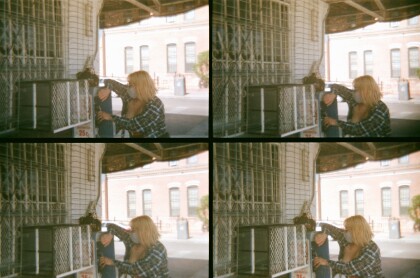

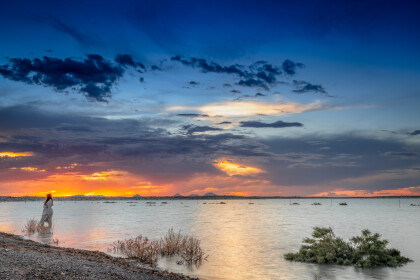
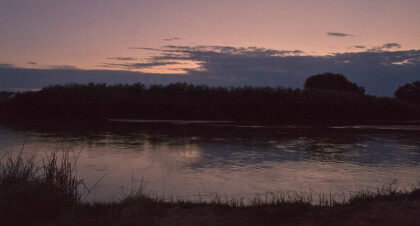
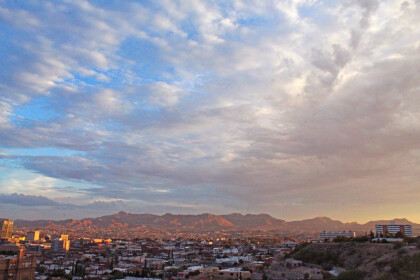
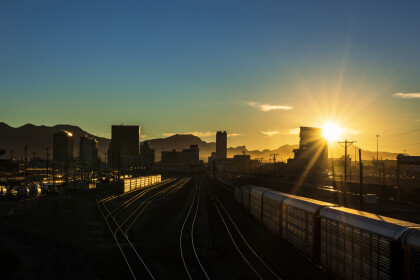
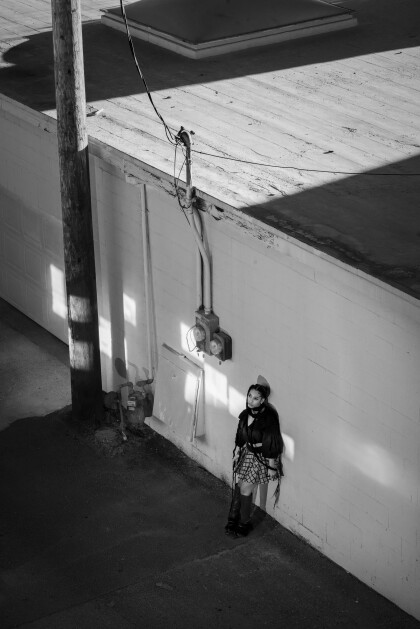
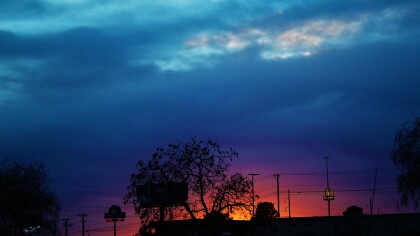
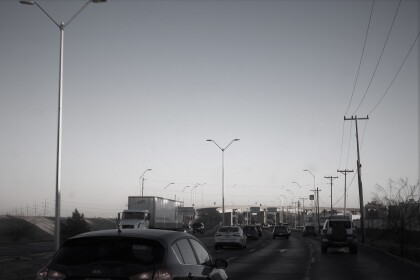
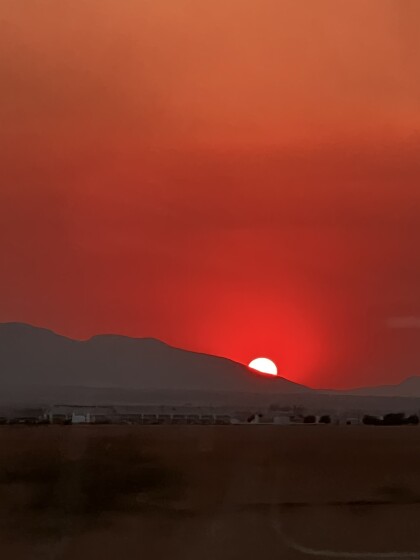
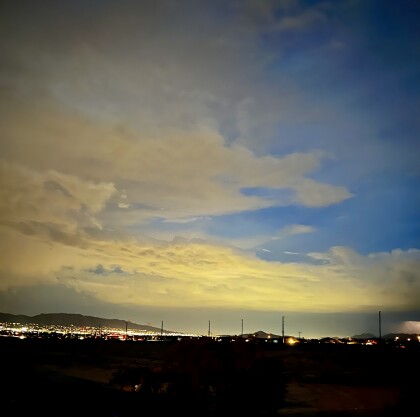
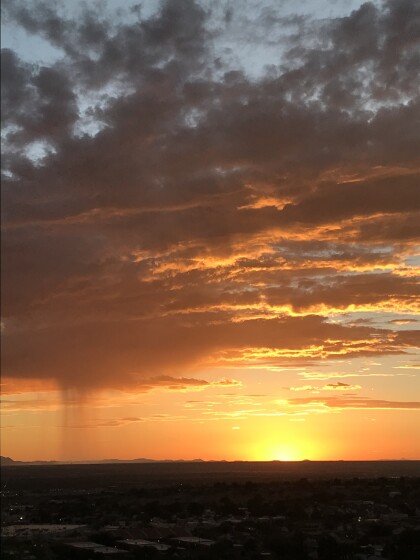
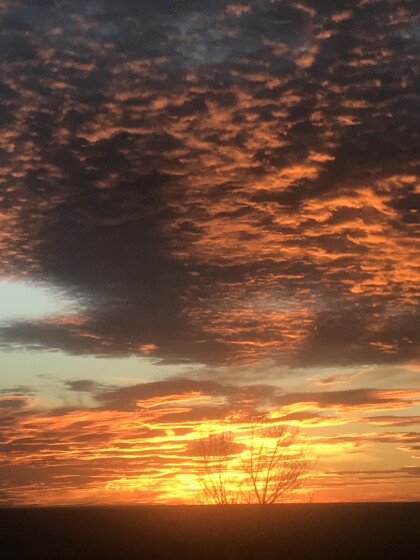
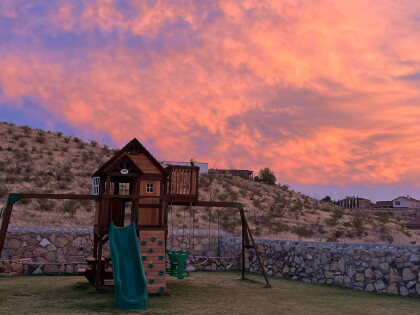
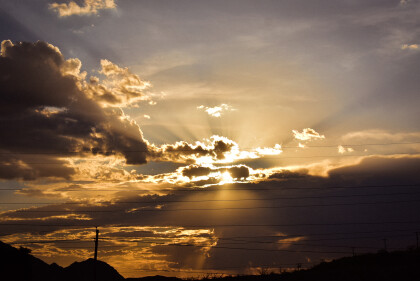
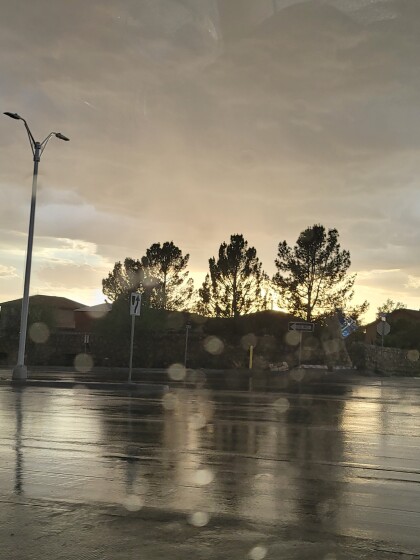
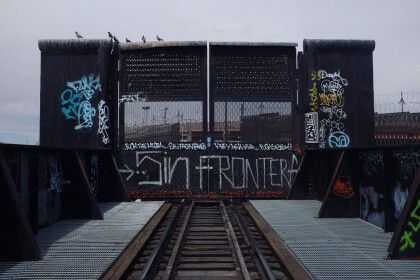

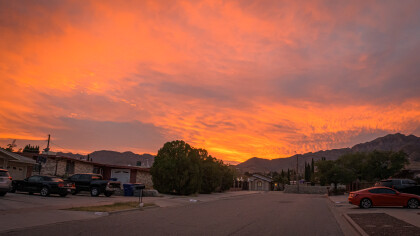
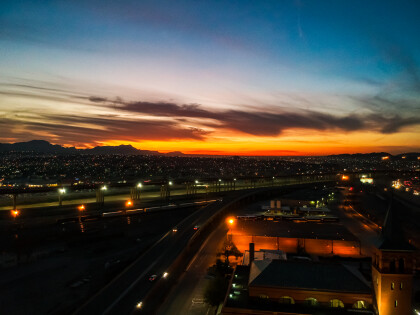
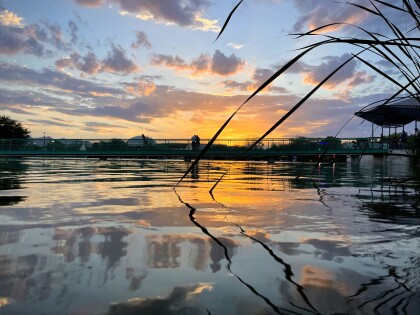
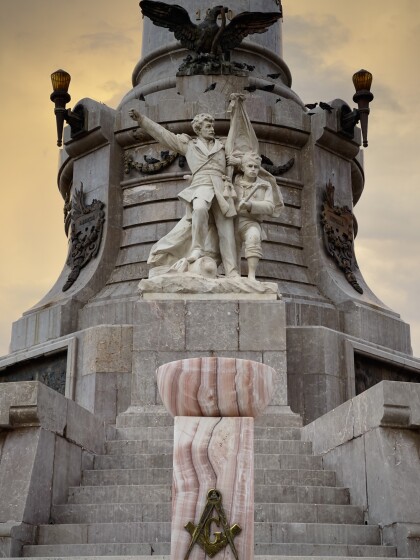
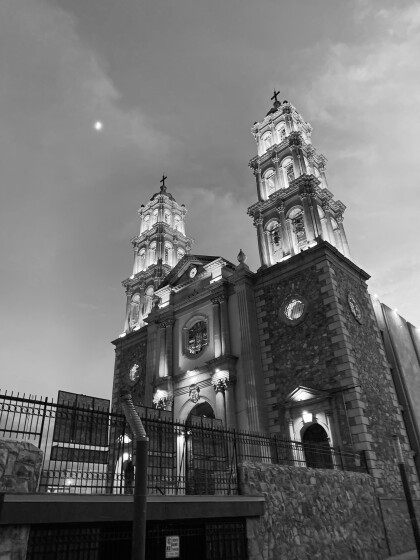
Comentarios
Hacer un comentario